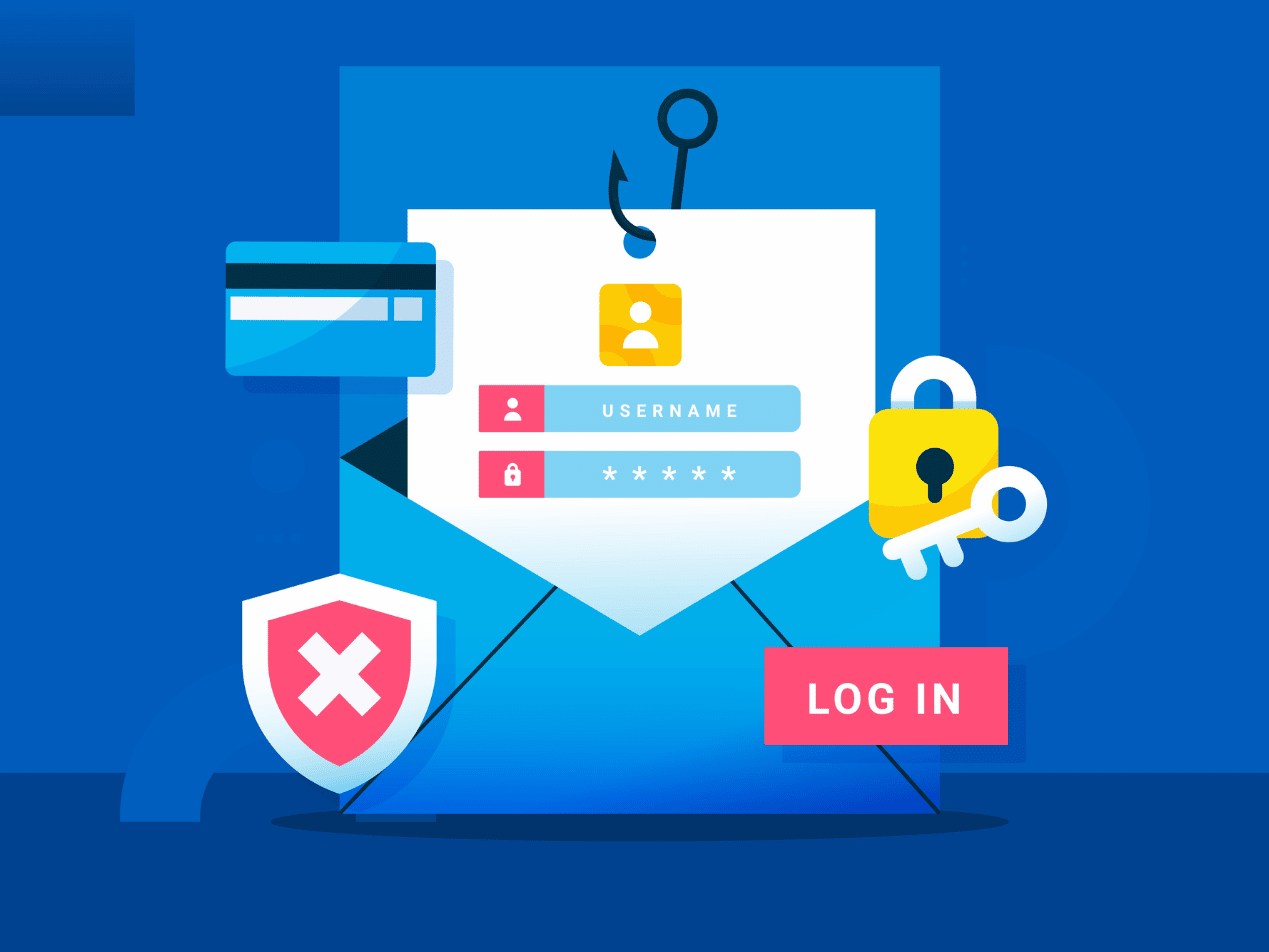
Sandboxing is a security practice that creates an isolated environment, commonly called a "sandbox," for testing purposes. Within this sandbox, code can be executed and analyzed without affecting the main application, system, or platform.
The primary goal of sandboxing is to provide a safe space for testing and analyzing potentially malicious code, particularly in the case of zero-day threats that may not be detected by traditional email filters or antivirus software.
How sandboxing works
Sandboxing works by isolating the code being tested within a controlled environment. When a program is executed within the sandbox, it is prevented from accessing the rest of the network or system. This isolation ensures that any malicious code or behavior is contained within the sandbox, minimizing the risk of it impacting other network components. By observing the code's behavior within the sandbox, security professionals can analyze its actions and determine if it poses a threat.
The importance of sandboxing
Organizations need effective strategies to protect their data and systems as cyber threats become more sophisticated. Traditional security measures like email filters and antivirus software may not be enough to detect advanced malware or zero-day threats. Therefore, it's important to have a plan in place to safeguard against these threats.
Sandboxing provides a layer of defense by allowing organizations to analyze code within an isolated environment, ensuring that they stay ahead of bad actors attempting to compromise their systems.
Read more: How to manage persistent threats and zero-day vulnerabilities
Uses for sandboxing
Testing
One of the primary use cases for sandboxing is testing. Organizations can safely install and execute suspicious programs by creating a sandbox environment without exposing their entire system to potential risks. This allows for thorough testing of applications, particularly those that may contain malicious code, without compromising the overall network.
Project integration
Sandboxing also plays a significant role in project integration. Compatibility issues may arise when integrating multiple builds or aspects of a project. Using sandboxing, organizations can test different versions and new lines of code to ensure smooth integration and proper development.
Sales demonstrations
Another valuable application of sandboxing is in sales demonstrations. By executing sales demos within a sandboxed environment, organizations can provide potential customers with an interactive experience that closely resembles the actual system. This enables clients to try out new products and features at their own pace, regardless of their physical location.
Quality assurance testing
Sandboxing is also widely used for quality assurance (QA) testing. Organizations can troubleshoot and optimize their software solutions by isolating problematic code elements within a sandbox environment. This allows for identifying and resolving issues while protecting the rest of the system from potential risks.
Benefits of sandboxing
Create and deploy environments
One of the key benefits of sandboxing is the ability to create and deploy environments at scale. Sandboxing allows for easy testing of different versions and new lines of code, enabling organizations to improve their solutions.
Access to advanced networking and support
With the right sandbox architecture, organizations can leverage advanced networking features and test their compatibility with the existing system. This enables them to explore new possibilities and enhance their network infrastructure while ensuring a seamless integration process.
Enhance collaboration
Sandbox environments foster collaboration by allowing different departments to access and test applications. By granting access to a sandbox environment, organizations can encourage cross-departmental collaboration and gather valuable feedback from diverse perspectives. This feedback can be used to improve the application and inform decision-making processes.
Cost savings
Sandboxing offers cost savings by eliminating the need for in-house development labs. Instead of investing in expensive equipment and maintenance, organizations can leverage cloud-based sandboxing solutions. This allows them to redirect resources towards other projects and objectives, ultimately maximizing their return on investment.
Prepare for future attacks
By containing threats within the sandbox environment, organizations can study and analyze them to identify patterns and vulnerabilities. This knowledge can be used to anticipate and prevent future attacks, strengthening the overall security posture of the network. Sandboxing provides valuable insights for the in-house IT team or external cybersecurity experts.
Related: Sandboxing for healthcare IT
In the news
Latrodectus, a new malware likely developed by the creators of the banking trojan IcedID, uses advanced sandbox evasion techniques to trick victims into downloading harmful software. Researchers from Proofpoint believe Latrodectus will become more popular among cybercriminals, especially those who previously used IcedID. This malware is designed to bypass security defenses and target specific victims, following a trend in cybercrime to avoid detection.
Since January, the cybercriminal group TA578 has primarily distributed Latrodectus by using contact forms to impersonate companies and send fake legal threats about copyright infringement. The malware emerged after a 2023 government crackdown on Qbot, another long-standing malware. Latrodectus is equipped with powerful features, like defeating sandboxes and using encrypted command-and-control communications, indicating that cybercriminals behind Qbot switched to this new malware to avoid law enforcement.
While Latrodectus shares similarities with IcedID, such as communication methods and commands, it includes new tactics to evade detection. These techniques make it harder for researchers and defenders to analyze, indicating the need to closely monitor Latrodectus as it continues to change and potentially diverge further from IcedID.
FAQs
What is sandboxing and how does it relate to healthcare security?
Sandboxing is a cybersecurity technique that isolates applications or processes from the rest of the system to prevent potential threats from spreading. In healthcare, sandboxing is used to test and execute potentially malicious files or applications in a controlled environment, minimizing the risk of compromising patient data and sensitive information.
Why is sandboxing a concern for HIPAA compliance in healthcare settings?
Sandboxing is important for HIPAA compliance because it helps mitigate the risk of malware infections and unauthorized access to protected health information (PHI). Healthcare organizations can prevent potential breaches and maintain the integrity of patient data, by isolating and analyzing suspicious files or applications in a secure environment.
What are the potential benefits of sandboxing in healthcare cybersecurity?
Sandboxing offers several benefits, including:
- Threat prevention: Preventing malware and other cyber threats from spreading across the healthcare network.
- Risk reduction: Minimizing the impact of potential security incidents and data breaches.
- Enhanced security: Providing a controlled environment to analyze and test suspicious files or applications without risking the broader network or patient data.
Subscribe to Paubox Weekly
Every Friday we'll bring you the most important news from Paubox. Our aim is to make you smarter, faster.




